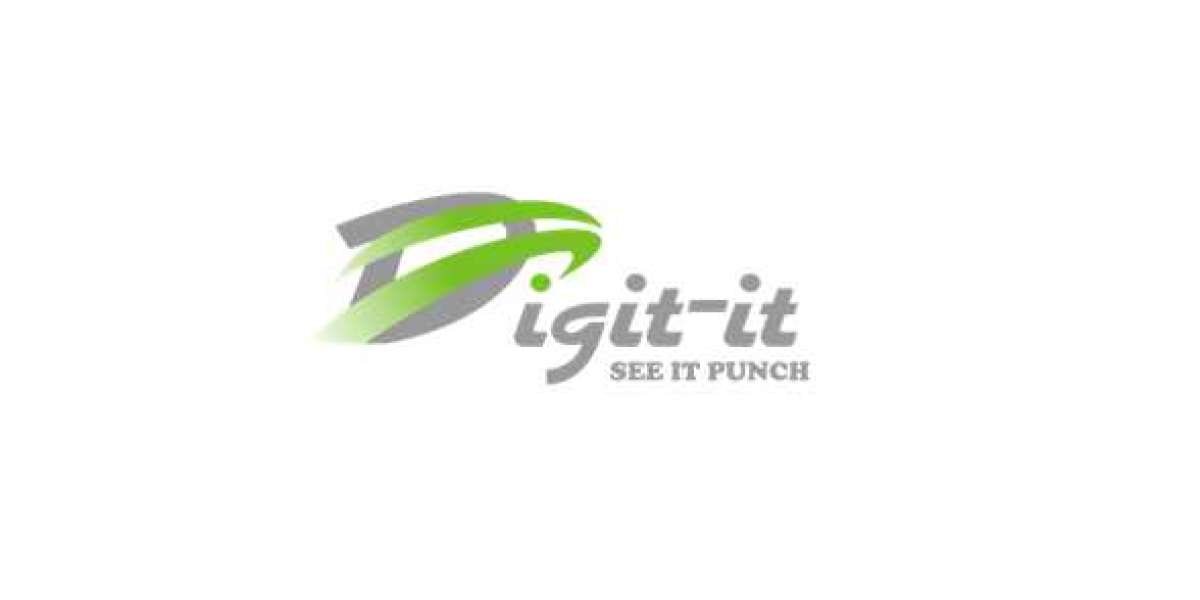In today’s era of personalized fashion and creative branding, custom embroidery digitizing is at the forefront of innovation. This process has not only revolutionized the embroidery industry but also expanded the creative possibilities for businesses and individuals looking for unique and detailed designs. From custom apparel to corporate logos, Embroidery Digitizing allows anyone to bring their creative vision to life with unparalleled precision.
In this article, we will explore the intricacies of custom embroidery digitizing, how it works, its applications, and why it's a crucial tool in modern embroidery.
What Is Embroidery Digitizing?
Embroidery digitizing is the process of converting artwork, images, or designs into a format that can be read and executed by an embroidery machine. In essence, it’s the digital translation of a design into stitches. This specialized process involves taking a flat image and transforming it into a series of commands that guide the machine’s needles, dictating stitch types, stitch direction, and thread colors.
Unlike traditional hand embroidery, where each stitch is manually created by an artisan, embroidery digitizing uses sophisticated software to automate the process. But don’t be mistaken—embroidery digitizing still requires artistic skill and a deep understanding of both design principles and fabric dynamics.
The Importance of Precision in Embroidery Digitizing
One of the primary reasons why custom embroidery digitizing has become so popular is the level of precision it offers. A skilled digitizer can ensure that the final embroidered design remains true to the original artwork. This precision is crucial, particularly for intricate designs, logos, or typography. Any errors in the digitizing process can lead to distorted or uneven stitching, which can ultimately compromise the overall look of the design.
For example, in corporate branding, logos often contain fine details, sharp lines, and specific color schemes that must be faithfully replicated on different types of fabric. The digitizer needs to account for the fabric’s texture, thickness, and stretchiness to ensure that the final stitched design holds up in real-world use.
The Role of Custom Embroidery Digitizing in Modern Business
Custom embroidery digitizing has transformed industries beyond the realm of fashion. It has become a cornerstone in branding, advertising, and promotional merchandise. From large-scale corporations to small businesses, everyone is leveraging custom embroidery to showcase their identity tangibly. Branded hats, shirts, jackets, and bags all owe their existence to the world of embroidery digitizing.
A few areas where custom embroidery digitizing plays a pivotal role include:
Corporate Apparel: Many businesses use custom embroidery to add logos and branding to uniforms, hats, and workwear. Custom embroidery ensures that the design remains professional, durable, and consistent across all garments.
Team and Sports Gear: Sports teams often rely on embroidery for their logos and player names on jerseys, hats, and other gear. Digitizing ensures that these designs remain uniform, even when produced in bulk.
Custom Merchandise: Custom embroidery is a popular choice for promotional merchandise. Items like bags, towels, or blankets embroidered with a company’s logo make for great giveaways or corporate gifts.
Fashion and Personalization: Many fashion brands use embroidery as a way to enhance the aesthetic of their clothing lines. Digitizing allows for complex patterns and designs to be stitched directly onto garments, adding a unique, tactile element to each piece.
The Embroidery Digitizing Process: Step-by-Step
To understand how custom embroidery digitizing works, it's essential to break down the steps involved:
Design Creation: The process starts with the artwork or design that needs to be embroidered. This could be a logo, a graphic, or any custom artwork created by a designer.
Digitizing Software: Once the design is ready, it’s imported into specialized embroidery digitizing software. The digitizer then assigns different stitch types and directions based on the design’s features. For instance, larger areas may be filled with a satin stitch, while outlines might require a simple running stitch.
Adjusting for Fabric: A key part of the process is adjusting the design based on the fabric that will be embroidered. Different fabrics require different stitch densities and styles. For example, stretchy fabrics like jersey will need looser stitching to avoid puckering, while thicker fabrics like denim may need more compact stitching for durability.
Stitch Simulation and Testing: Before the design is ready to be embroidered, the digitizer will simulate to ensure that all stitches are placed correctly and the design looks cohesive. Some designs may also require test runs on sample fabric to ensure accuracy.
Embroidery Machine Execution: Once the design is finalized, it’s transferred to the embroidery machine. The machine reads the digitized file and follows the stitch instructions to create the final embroidered piece.
Advantages of Custom Embroidery Digitizing
There are several reasons why businesses and individuals prefer custom embroidery digitizing over other forms of decoration like screen printing or heat transfers:
- Durability: Embroidered designs tend to last much longer than printed ones, as they are made from threads that are woven into the fabric itself.
- Professional Aesthetic: Embroidery gives a polished, high-quality finish that is perfect for professional settings.
- Customization: With custom embroidery digitizing, there are virtually no limits to what can be created. From intricate logos to personalized names, anything is possible.
- Tactile Element: Unlike flat prints, embroidery adds a textural quality to the fabric, making it feel more premium.
Conclusion
Custom embroidery digitizing is an art form that combines technology and creativity to produce detailed, high-quality embroidery. Whether you’re looking to brand corporate apparel, create team uniforms, or add a personal touch to a gift, custom embroidery digitizing offers a unique way to bring designs to life.
With its precision, durability, and ability to cater to both small and large-scale needs, Custom Embroidery Digitizing continues to be a cornerstone of modern embroidery, offering endless possibilities for both businesses and individuals.



